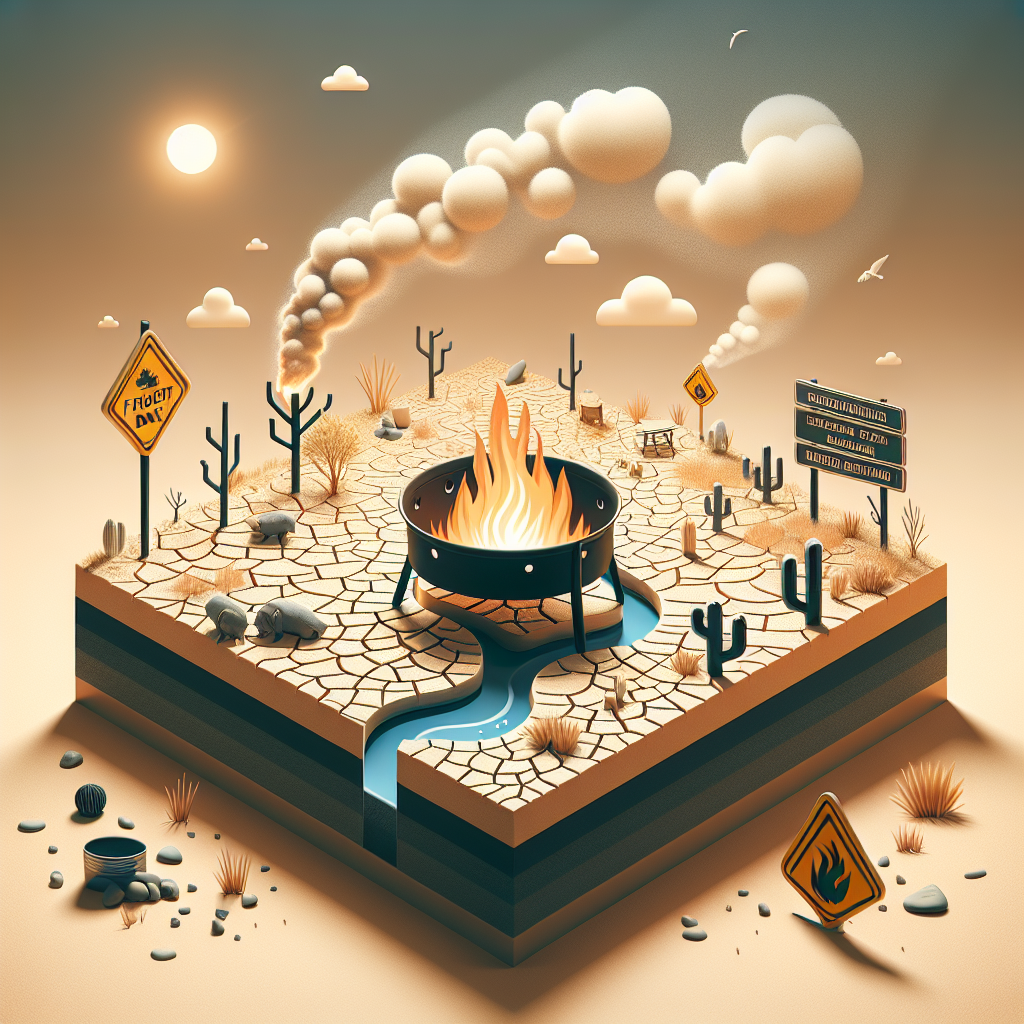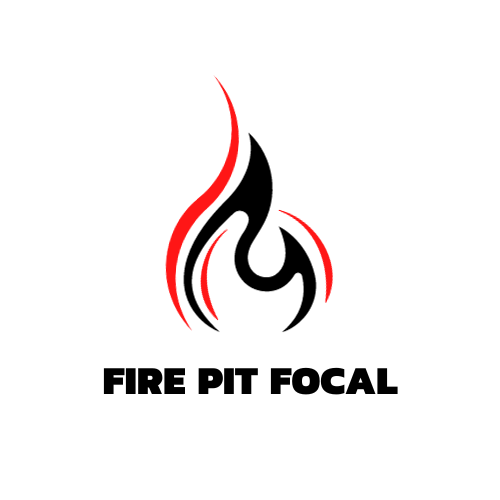Imagine sitting under the stars, surrounded by the warmth and crackling of a fire pit. It’s a picture perfect scene, but before you strike that match, there’s an important question to consider: can you use a fire pit during a fire ban or in a drought-prone area? This article will shed light on this burning issue and provide you with the answers you need to enjoy your fire pit responsibly and safely. So, grab a seat, relax, and let’s fire up the knowledge!

Understanding Fire Bans and Drought-Prone Areas
Definition of Fire Bans
Fire bans are restrictions implemented by authorities to prevent the ignition and spread of fires during periods of heightened fire risk. These bans aim to minimize the risk of wildfires, protect property, and ensure public safety. Fire bans often prohibit the use of open flames, including fire pits, campfires, and backyard bonfires.
Definition of Drought-Prone Areas
Drought-prone areas refer to regions that frequently experience prolonged periods of insufficient rainfall or water scarcity. These areas are more susceptible to drought conditions, which significantly increase the risk of wildfires. Drought-prone areas may have regulations and guidelines in place to prevent fire hazards, including restrictions on fire pit usage.
Fire Pit Restrictions During Fire Bans
Fire Ban Policies
Fire ban policies vary depending on the jurisdiction and the severity of the fire risk. Generally, during a fire ban, the use of fire pits is prohibited to reduce the chance of igniting a fire. This measure is crucial to safeguarding lives, property, and the environment. It is important to closely follow local fire ban policies and ordinances to ensure compliance and promote fire safety.
Local Regulations and Ordinances
In addition to fire ban policies, many municipalities and local authorities have specific regulations and ordinances in place regarding fire pit usage. These guidelines may dictate the acceptable types of fire pits, their installation requirements, and setbacks from structures and property lines. Familiarize yourself with these local regulations to ensure you use your fire pit safely and within the law.
Consequences of Fire Pit Use During a Fire Ban
Using a fire pit during a fire ban can have serious consequences. Not only does it put your property and the surrounding environment at risk of fire, but it also poses a danger to other people and their homes. Violating fire bans may result in legal penalties, fines, and even criminal charges. Additionally, the damage caused by unauthorized fires can strain firefighting resources and adversely affect the natural ecosystem. It is crucial to respect fire bans and prioritize the safety of yourself and others.
Assessing Risk in Drought-Prone Areas
Factors Contributing to Fire Risk in Drought-Prone Areas
Several factors contribute to fire risk in drought-prone areas. Limited water availability during dry periods reduces the effectiveness of firefighting efforts, making it more challenging to control and extinguish fires. Dry vegetation, such as grass, shrubs, and trees, act as fuel for wildfires, increasing the likelihood and intensity of fire incidents. Strong winds prevalent in arid regions can further exacerbate fire spread. Understanding these risk factors is essential for adopting appropriate fire safety measures.
Understanding Fire Behavior in Dry Conditions
It is crucial to comprehend how fires behave in dry conditions to effectively mitigate fire risks in drought-prone areas. In dry environments, fires tend to spread rapidly, propelled by hot and dry winds. The lack of moisture in the environment increases the likelihood of ignition and intensifies fire growth. The dryness of vegetation can lead to faster and more widespread combustion. Being aware of these fire behavior patterns is essential for implementing appropriate safety precautions and preventing fire incidents.
Importance of Fire Safety in Drought-Prone Areas
Given the increased vulnerability to wildfires in drought-prone areas, prioritizing fire safety becomes paramount. Proper fire safety practices can significantly reduce the risk of accidental fires and minimize the potential damage caused by wildfires. It is crucial to follow fire safety guidelines, respect fire bans, and be proactive in taking preventive measures to protect lives, property, and the environment.
Alternative Fire Pit Options
Gas Fire Pits
Gas fire pits provide a safe and convenient alternative to traditional wood-burning fire pits. These fire pits use propane or natural gas as fuel, allowing for controlled flames and easy extinguishment. Gas fire pits eliminate the need for wood fuel, reducing the risk of sparking or floating embers that can ignite nearby combustible materials. They also produce less smoke and ash, making them a cleaner and environmentally-friendly option.
Chimineas and Clay Fire Pits
Chimineas and clay fire pits are another alternative to traditional wood-burning fire pits. These small, freestanding structures are typically made of terracotta or clay and are designed to contain and direct the fire. Their enclosed design minimizes the risk of fire spread and offers increased safety. However, it is important to check local regulations and ordinances to ensure their use is permitted during fire bans.
Tabletop Fire Pits
For those with limited space or seeking a portable option, tabletop fire pits are a great choice. These compact fire pits provide a contained flame on a smaller scale, typically using gel fuel or propane. They are convenient for outdoor gatherings and can be easily transported. Tabletop fire pits offer a safer option in drought-prone areas as they control the flame and reduce the risk of fire incidents.
Electric Fire Pits
Electric fire pits are a practical and safe alternative for locations with strict fire pit restrictions or bans. These fire pits use electricity to create a simulated flame effect without the need for an actual open flame. Electric fire pits offer a smokeless and ember-free experience while still providing the ambiance and warmth of a traditional fire pit.
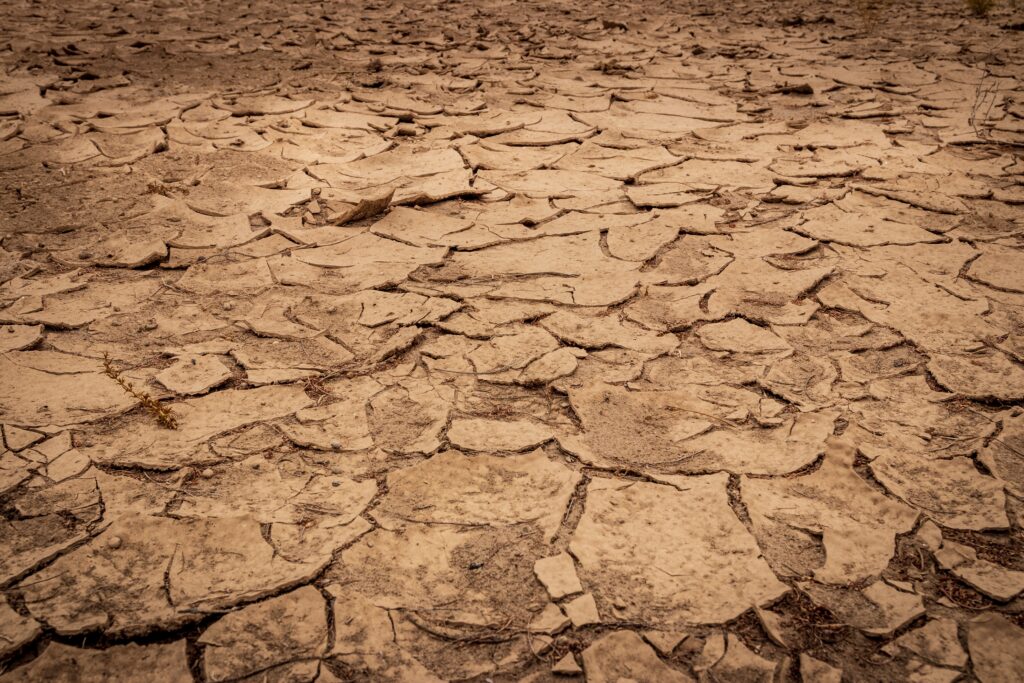
Precautions to Take in Drought-Prone Areas
Maintain a Safe Distance from Combustible Materials
When using a fire pit in a drought-prone area, it is crucial to maintain a safe distance from combustible materials. Ensure there is ample space between the fire pit and any flammable objects such as vegetation, buildings, or outdoor furniture. Keeping a suitable clearance helps prevent accidental ignition of nearby objects and reduces the risk of fire spread.
Keep Fire Pit Clean and Free of Debris
Regularly cleaning and maintaining your fire pit is essential to minimize fire hazards. Remove any ashes, debris, or flammable materials that may have accumulated in or around the fire pit. Clearing away these combustible materials ensures that sparks or embers do not ignite unintentionally, reducing the risk of fire incidents.
Stay Vigilant and Monitor Weather Conditions
In drought-prone areas, weather conditions can quickly change, leading to increased fire risks. It is important to stay informed about weather forecasts, particularly those indicating high winds or extended dry periods. By monitoring weather conditions, you can anticipate potential fire hazards and make informed decisions regarding fire pit usage. It is advisable to avoid using the fire pit during periods of elevated fire risk.
Have Fire Safety Equipment on Hand
To enhance fire safety, always have appropriate fire safety equipment readily available when using a fire pit. This may include a fire extinguisher, water source, or fire-resistant blankets. In the event of an emergency or accidental fire, having quick access to these tools can help suppress the fire and prevent it from spreading. Properly trained individuals should handle fire safety equipment.
Seeking Permits and Exemptions
Obtaining Permits for Fire Pits
In some areas, obtaining permits for fire pit usage may be necessary. These permits allow individuals to legally operate their fire pits following specific guidelines and safety protocols. Contact your local authorities or fire department to inquire about the permit application process, requirements, and any associated fees. Obtaining a permit ensures compliance with regulations and promotes responsible fire pit use.
Exemptions for Approved Fire Pit Designs
Certain jurisdictions may have exemptions for approved fire pit designs that comply with strict safety standards. These fire pits have undergone rigorous testing and evaluation to ensure their safety and minimize fire risks. Research approved fire pit designs in your area to determine if your fire pit qualifies for an exemption. However, always consult with local authorities to confirm the current regulations and exemptions.
Consulting with Local Authorities
When in doubt about fire pit usage in drought-prone areas, it is best to consult with local authorities. They can provide accurate and up-to-date information regarding fire bans, regulations, and safety recommendations specific to your area. Collaboration with local authorities promotes responsible fire pit use and helps protect lives, property, and the environment.
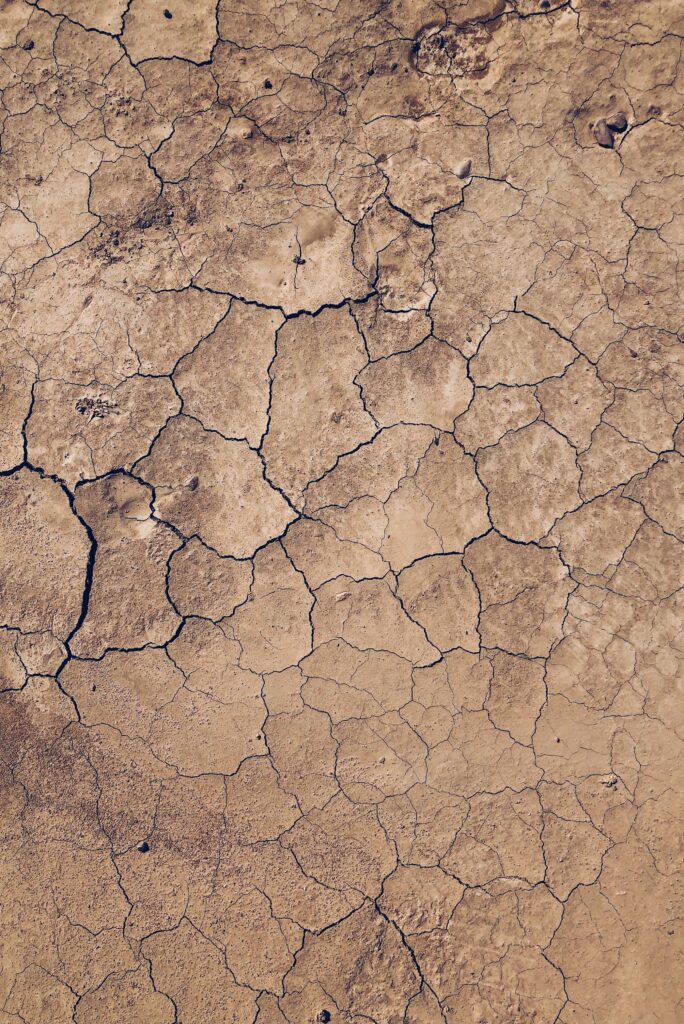
Educating Yourself on Fire Safety
Fire Mitigation Strategies in Drought-Prone Areas
Educating yourself on fire mitigation strategies is crucial in drought-prone areas. Understanding and implementing measures such as creating defensible spaces, proper vegetation management, and fire-resistant building materials can significantly reduce the risk of fire incidents. Promote fire-resistant landscaping practices and explore resources provided by local fire departments or organizations dedicated to fire safety.
Proper Fire Pit Use and Safety Measures
To use a fire pit safely, it is important to familiarize yourself with proper usage guidelines and safety measures. Follow the manufacturer’s instructions for assembly, fueling, and extinguishing the fire pit. Always supervise the fire pit when in use and never leave it unattended. Avoid using flammable liquids to ignite the fire and exercise caution when adding fuel. Educate yourself on the correct extinguishing methods for your specific fire pit type.
Training and Certification Opportunities
Consider participating in fire safety training and certification programs to enhance your knowledge and skills in fire prevention and response. Many organizations and fire departments offer courses covering topics such as fire behavior, fire extinguisher usage, and emergency procedures. By completing these programs, you are better equipped to respond to fire incidents and promote fire safety within your community.
Using Fire Pits Responsibly
Consideration for Neighbors and the Environment
When using a fire pit, it is important to be considerate of your neighbors and the environment. Avoid excessive smoke, noise, or any other disturbances that may inconvenience those living nearby. Ensure that the fire pit is properly extinguished after use to prevent unintended fires. Additionally, dispose of ashes and embers in designated containers or follow local guidelines to prevent environmental damage.
Maintenance and Inspection of Fire Pits
Regular maintenance and inspection of your fire pit are essential for its proper functioning and safety. Inspect the fire pit for any signs of wear, damage, or rust that may compromise its integrity. Check the fuel lines, connections, and ignition mechanisms to ensure they are in good working condition. Perform routine cleaning to remove debris and ash buildup. By maintaining and inspecting your fire pit, you can identify and address any potential hazards promptly.
Proper Disposal of Ashes and Embers
Properly disposing of ashes and embers is crucial to prevent accidental fires. Allow the ashes to cool completely before handling or disposal. Use a metal container designated for ash disposal and ensure it is placed on a non-combustible surface away from flammable objects. Avoid disposing of ashes and embers in plastic bags, cardboard boxes, or trash bins, as these items can easily ignite. Follow local regulations and guidelines for appropriate ash disposal methods.
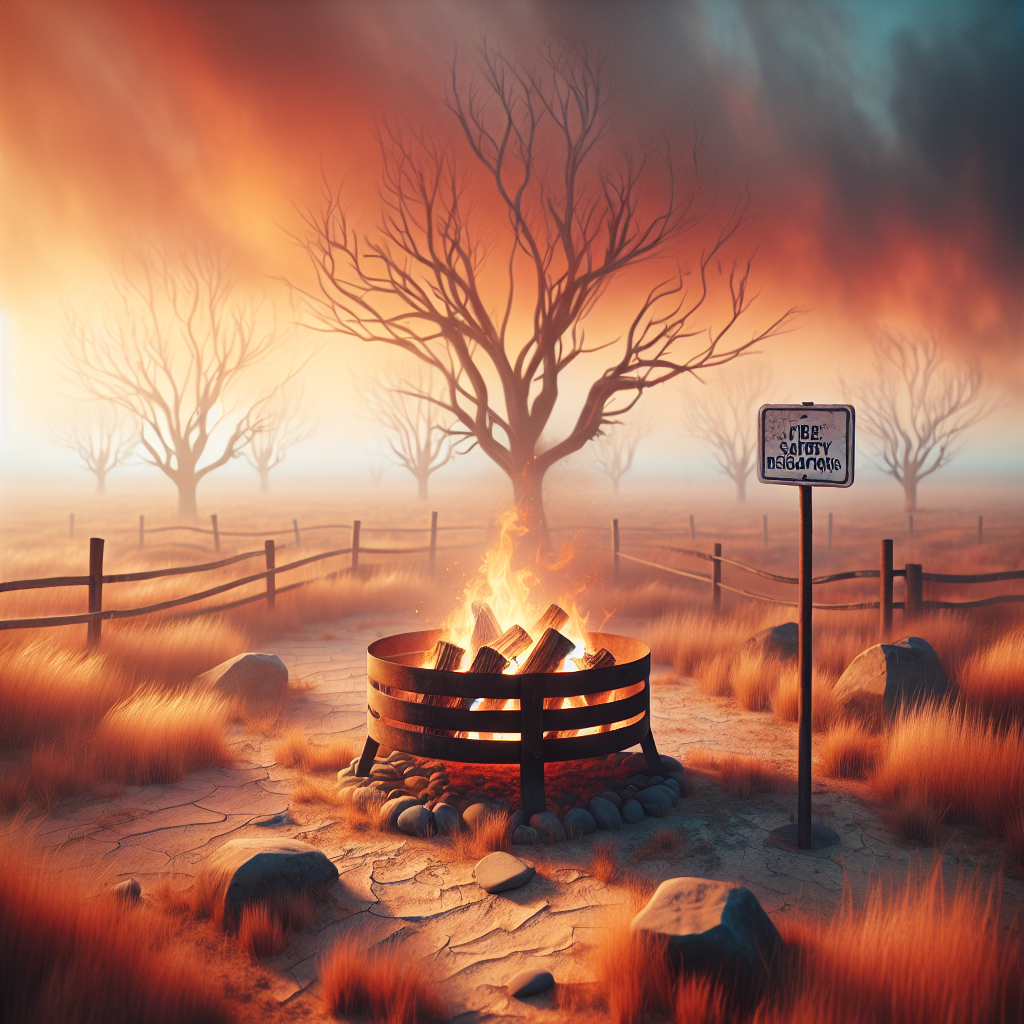
Consequences of Misusing Fire Pits
Legal Penalties for Violating Fire Bans and Regulations
Misusing fire pits during fire bans or disregarding regulations can result in severe legal penalties. Depending on the jurisdiction and the specific violation, fines, citations, or even criminal charges may be imposed. These consequences are in place to enforce fire safety measures, deter reckless behavior, and protect lives, property, and the environment. It is essential to respect fire bans and adhere to local regulations to avoid such repercussions.
Environmental Impact and Damage to Natural Resources
Misusing fire pits can have a detrimental impact on the environment and natural resources. Uncontrolled fires can destroy habitats, decimate wildlife populations, and vastly alter ecosystems. The release of pollutants from improper fueling or extinguishing methods can contaminate soil and water sources, further harming the environment. Misuse of fire pits can cause long-lasting damage and disrupt the delicate balance of nature. By using fire pits responsibly, we can help preserve our natural surroundings and safeguard the environment for future generations.
Advocacy for Safe Fire Pit Use
Community Awareness and Education
Promoting community awareness and education regarding safe fire pit use is crucial for fostering responsible practices. Organize workshops, seminars, or community events focused on fire safety, where experts can provide guidance on fire pit usage and prevention strategies. Encourage neighbors, friends, and local organizations to share information and resources to raise awareness about the importance of fire safety in drought-prone areas.
Encouraging Responsible Fire Pit Practices
Promote responsible fire pit practices by setting a good example and engaging in open dialogue with others. Encourage the use of alternative fire pit options that reduce fire risks, emphasizing the importance of complying with fire bans and local regulations. Share tips, guidelines, and resources on proper fire pit use with friends, family, and the wider community. By collectively advocating for responsible fire pit practices, we can create safer environments for everyone.
Collaboration with Local Fire Departments
Collaborating with local fire departments is essential in spreading fire safety awareness and implementing effective prevention strategies. Participate in community events organized by fire departments to learn about the latest fire safety practices and guidelines specific to your area. Actively engage with fire officials to understand the unique challenges and risks in your locality and explore ways to address them collectively. By working together, we can ensure safer communities and reduce the occurrence of fire-related incidents.
In conclusion, understanding fire bans and the risks associated with fire pit usage in drought-prone areas is crucial for promoting fire safety. By adhering to fire bans, exploring alternative fire pit options, taking necessary precautions, and educating yourself on fire safety, you can enjoy the use of fire pits responsibly while minimizing the risk of fire incidents. Through community collaboration and advocacy for safe fire pit practices, we can create safer environments for ourselves, our neighbors, and the environment. Let’s prioritize fire safety and enjoy the warmth and ambiance of fire pits responsibly.
